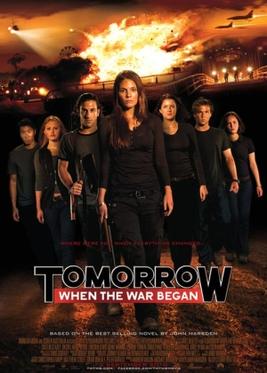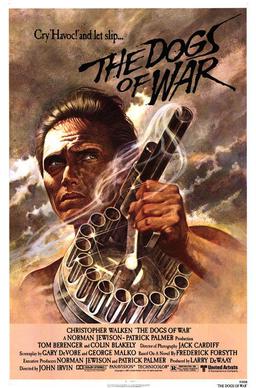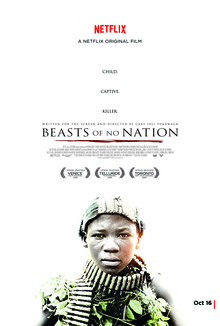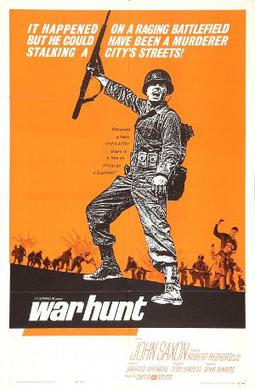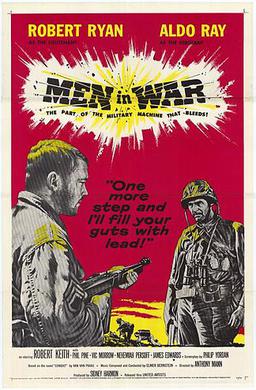“Flight World War II” is another
direct to DVD feature from the folks at The Asylum studio. The Asylum is noted for churning out low
budget movies that feed the market for bad entertainment. Netflix Instant has been a logical landing
spot for many of its products.
Especially since we don’t have very many drive-in movie theaters any
more. The Asylum movies need to be watched with a copious amount of alcohol
and/or a suspension of normal brain functions.
If you do that, they can be enjoyable.
“Flight World War II” has a
sci-fi tinge to it. A passenger plane
passes through an electromagnetic storm and is transported back to 1940. They arrive in the middle of a German bombing
raid on St. Nazaire. How do they figure
this out? There are two nerdy historians
on board. A movie that has heroic
historians, spoiler alert: my grade will be prejudiced. The two determine it is the famous raid on
St. Nazaire which was in June, 1940.
(The Germans actually were bombing St. Nazaire at that time as it was
part of the Dunkirk evacuation effort.)
This is despite the fact that those are clearly Me 262 jet fighters that
are buzzing them. If you have even a rudimentary knowledge of WWII aerial
warfare, you know that 1940 is too soon for jets, so what is going on
here? Is it the typical insulting the
intelligence of the audience that you get with these types of flicks? Actually my theory is the screenwriters are
weaving a more tangled web. They have to
be jets in order to keep up with a passenger jet. (Plus they look way cooler than propeller
planes.) But in order to justify jets in
1940 they have to transform the plot into an alternative history tale. This is confirmed when the plane makes
contact with Nigel the radio operator who informs them that Dunkirk was a
disaster. It looks like the Allies are
going to lose the war. Unless the plane
can change history!
 |
| another movie where a historian is the hero - how cliche! |
A passenger suggests they kill
Hitler. This would have made a better movie,
but two soldiers on board point out that they could end up screwing up history. Party poopers! Meanwhile the plane undergoes a series of
attacks by jets. Luckily, the German
pilots are unable to bring down the sitting duck. They do manage to damage the landing gear so
we can watch Hector the handyman fix it with a hammer. The historians put their heads together and
realize that the key to turning the war around is giving radar to the radarless
British. Nigel suggests they drop their
radar set to a British patrol behind enemy lines in Germany. Having no parachute, they use a poncho. Nigel has it up and running in five
minutes. (If you are not on your fifth
beer by now, I warned you.) He is able
to steer them to another vortex.
 |
| there's a sexy stewardess, of course |
Even heavy drinking does not
make “Flight World War II” tolerable. It
is laughably ridiculous throughout. This
is sad because the movie lacks any planned humor. It also lacks any real suspense. I
guess you have to admire the sincerity.
This does not help with the acting.
You never want to pair bad actors with sincerity. The cast is less than stellar, as you would
expect from a movie like this. Most of the passengers are on board as
turbulence fodder (drink every time the plane is buffeted). Fortunately, the
captain played by Fasan Tahur brings some gravitas to a stock role. Like the acting, everything else is
average. This includes the CGI which
consists primarily of faux Me 262s firing tracers. I have to give some credit
for the twist of the alternative history.
Instead of having to worry about changing actual history, they have to
find a way to change the history they are dealt. However, by dangling an attempt to kill
Hitler and then switching to simply dropping a radar set, the movie
disappoints. Imagine the laughs that the
attempt on Hitler’s life would have produced!
When you are making a movie like this, go big! You would think that would be the slogan of
The Asylum.
GRADE
= D
P.S. Check out the poster. Hilarious! "Based on a true story" - yes, there was a World War II. And why not Me 262s?


